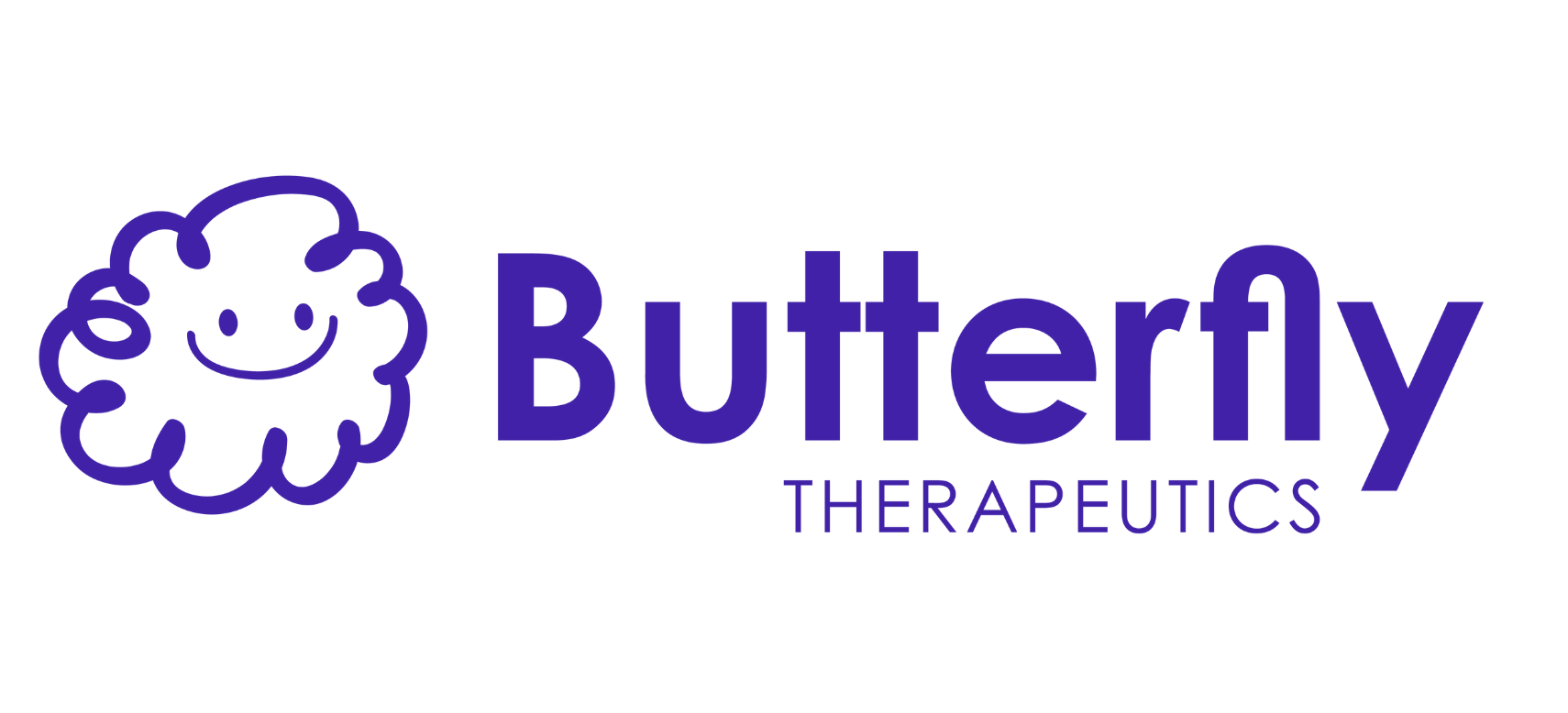Pain management is an integral part of the healing process
Request a demo“According to the World Health Organization (WHO), more than one in five individuals – 22% of the global population, approximately 1.5 billion people – will experience persistent pain at some point in their lives.” (1)
(1) L’Homme Douloureux (G. Simonnet, Bernard Laurent, David Le Breton) – 2018 – Editions Odile Jacob
Throughout our lives, we will inevitably face pain—our own and that of our loved ones. Pain can overwhelm both patients experiencing it and healthcare professionals dealing with it.
At Butterfly Therapeutics, we have chosen to address this major public health challenge: treating patients’ pain throughout their journey.
We design, develop, and clinically evaluate digital therapy solutions and services dedicated to pain management and treatment. Our solutions leverage both technology and the potential of neuropsychology, tailored to healthcare practices and beneficial for patients.
Bliss DTx is our first digital therapy solution dedicated to sedation and analgesia for managing patients in the operating room and during painful medical procedures.”
What is pain?
International Association for the Study of Pain (IASP)
This definition suggests that the perception of pain is modulated by both physiological and psychological parameters and relies on the patient’s experience.
Pain is the primary reason for consultation (2) in emergency services and general practitioners’ offices. Thirty percent of French people suffer from chronic pain, and 70% of them do not receive appropriate treatment. Waiting times in hospital pain consultations are extremely long (more than 3 months) and benefit a very limited number of patients (less than 3%).
The treatment and management of pain are predominantly pharmacological and may not always be suitable and effective for patients.
(2) White Paper on Pain – 2017 – SFETD
The four components of pain
Sensitive
Physical sensations in response to pain.
Affective and emotional
Behavioral
Reactions to pain (expressed through body language or speech).
Cognitive
Thoughts related to pain (the narrative).
Different types of pain
There are several types of pain, corresponding to distinct mechanisms(3) :
- Nociceptive : Corresponding to local tissue damage, mechanical and/or inflammatory.
- Neuropathic : Corresponding to damage in the central or peripheral nervous system.
- Mixed : Pathologies combining both nociceptive and neuropathic components.
- Dysfunctional : Due to a disturbance in pain modulation, at the cerebral and/or peripheral level, without any objectively observable damage (fibromyalgia, irritable bowel syndrome, etc.)
(3) Livre Blanc de la Douleur – 2017 – SFETD
Acute pain
In the acute phase, pain is often unifactorial and can serve as a warning signal for the preservation of the body’s integrity. The evolution leads to pain resolution if therapeutic measures are taken.
Chronic pain
Chronic pain is defined by a multidimensional syndrome expressed by the affected individual. It is characterized by a duration extending beyond 3 months and is often multifactorial, involving psychological, social, and cultural factors, with physical, moral, and social consequences.
Pain treatment
To treat patients’ pain, the solution primarily relies on medications :
Analgesic & pain reliever
Anesthetic
A treatment that eliminates all sensations, including pain, locally or generally.
Other treatments
Other options may include antispasmodics, antidepressants, muscle relaxants, and antiepileptics.
Pain relief is not limited to pharmacological treatments, and various complementary, non-pharmacological techniques can be proposed to patients, such as transcutaneous electrical nerve stimulation (TENS), cognitive-behavioral therapy, physiotherapy, or adapted physical activity. These approaches can sometimes reduce dependence on medications.
